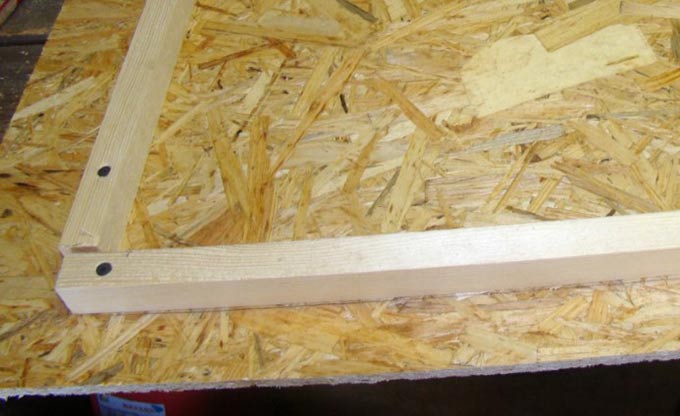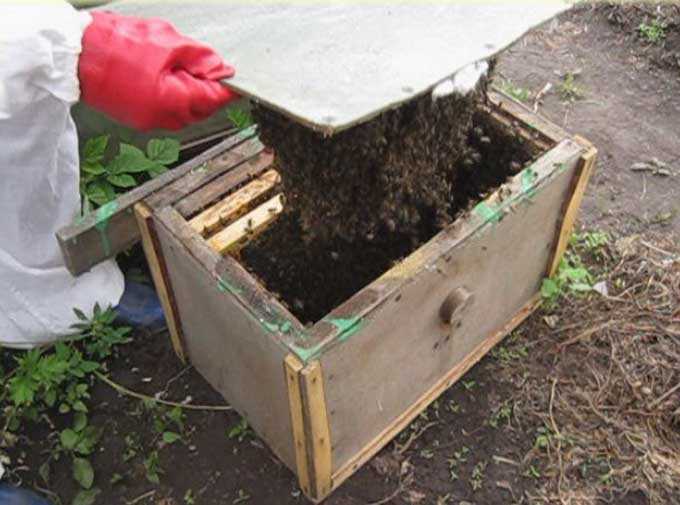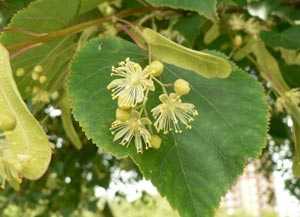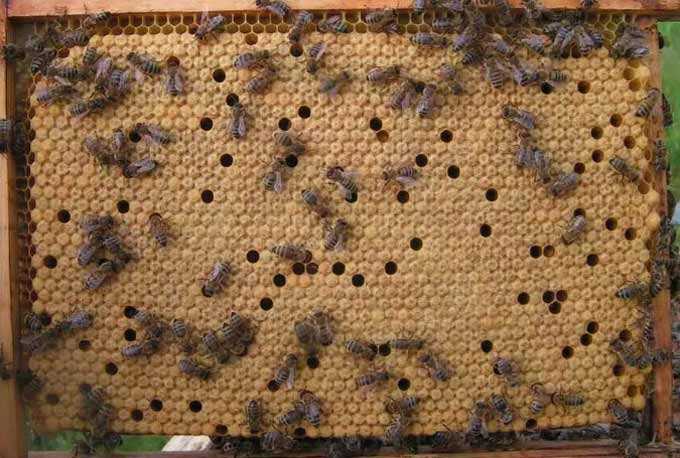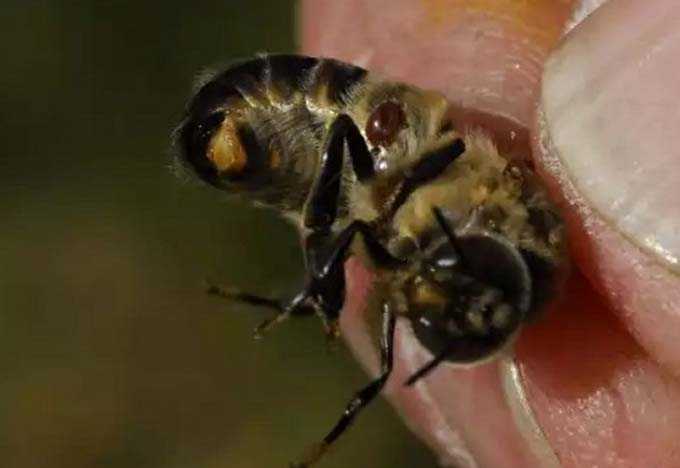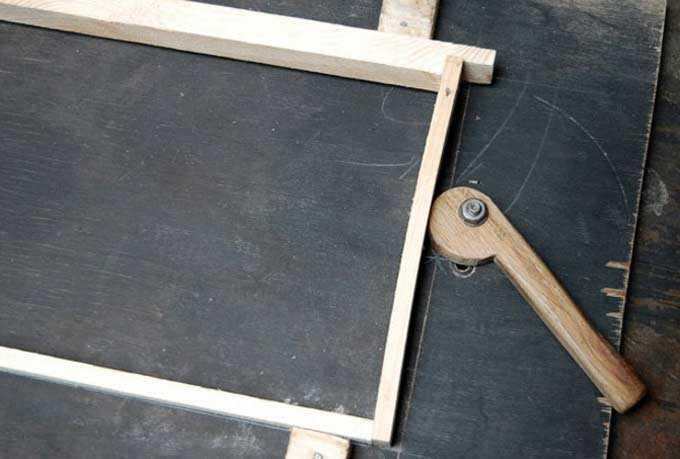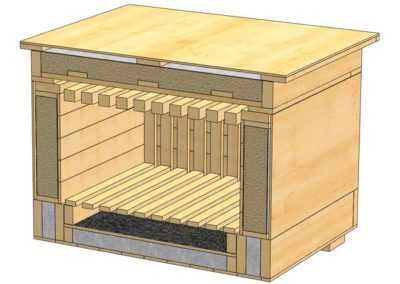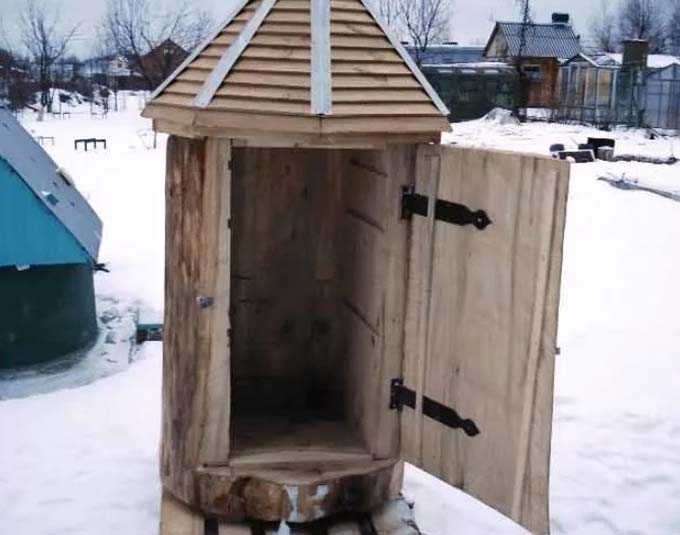The new 2021 beekeeping season will be in full swing very soon. We wish everyone strong and hardworking bee colonies, a lot of honey!
And in our apiary this spring, the issue of repairing some especially worn out hives over several decades is urgent. We decided to touch on this topic separately on this site dedicated to beekeeping. Because the roof of the hive, whatever one may say, is the most important element of bee housing – its protection from adverse weather conditions, overheating and cooling of the nest, thief bees.
The content of the article
- 1 design Features
- 2 About ventilation
- 3 Assembly Features
- 4 Outer cover
design Features
By the construction of the roof there are:
- flat;
- single-slope;
- gable.
In our case, all hives have pitched roofs, since we do not wander.
The flat design is considered to be more convenient for transport (easier to place in tiers). This is a hiking option. And the gable is ideal for stationary maintenance in regions with heavy snowfall – less snow lingers on top. Try, experiment – the choice is yours.
Here is an example drawing for a horned hive:
About ventilation
The main thing is to ensure ventilation of the hive roof. With any design, special holes must be installed in the side boards.
In multi-body and double-body bee houses, the front harness board is cut into three parts, where the middle one serves as a sleeve (can be removed). A gap is left under the front board, about four centimeters high and full width. It is tightened with a wire mesh.
During transportation, the ceiling is removed – bees can freely get under the roof, where the ventilation is located.
A hive roof cover is used with a low strapping (in structures intended for wandering) immediately after warming and installing the feeders. Its height depends on the specific region from 8 to 14 centimeters. The higher, the greater the thickness of the insulation layer from the pillow. Feeders are also placed here, if necessary. In shape, it resembles a mini-case.
Assembly Features
A do-it-yourself hive roof is often made from scrap materials, for example, old building pallets (the main thing is to clean the old paint and sand adhering to it, debris, so as not to blunt the hacksaw once again).
Essential elements:
- flooring – flat or single, gable (with a gable structure, a skate is placed on top of two shields – a board that captures the upper ends of the slopes);
- strapping with ventilation holes, slots.
In the harness, quarters are chosen from the inside for a snug fit to the body. Or “plinths” are nailed to the body itself.
The flooring is made of one layer of material, with thin slats overlapping the seams. Or in two layers (thicker boards can be used in one layer).
Some craftsmen recommend using OSB / OSB at all (sheets of glued wood chips).
Unlike a board, it is easier to cut, and compared to plywood, it is more resistant to moisture. Well, and most importantly, it is affordable. Moreover, the thickness of the sheet can be any, even 6 mm. A circular saw is suitable for cutting.
The strapping is made of 22 by 25 strips, screwing them to the flooring sheet with self-tapping screws (the strips go inside the body, and small “wings” remain on the sides – protrusions of 8-10 cm from OSB).
Outer cover
Water resistance is one of the most important conditions. Therefore, the top of the structure is protected with special materials. How to cover the roof of the hive specifically in your case depends on financial capabilities and preferences.
The most common options for roofing materials:
- roofing felt / roofing felt;
- galvanized sheet metal / sheet aluminum for beehives;
- plastic.
The first and last option is not very reliable, since such a coating can be damaged during transportation. Metal is the best choice, but here it is important to use light paints or colors (when it comes to roofing profiled sheet).
Well, traditionally, they try to place the hives correctly on the point – in the shade of trees, buildings, in order to avoid overheating. You can spread freshly cut grass on top of the houses in the heat.
The most original version seen on the Internet is used advertising banners nailed with a stapler with the front side out. Cheap and cheerful!
As for the roofing material, it is worth noting that it is considered harmful to the environment and, in particular, to bees. And slate is praised as a budget roof, suitable for stationary maintenance. When it rains, such a roof makes little noise, and it heats up less in the sun than metal.
Share a link to this article on social networks:



